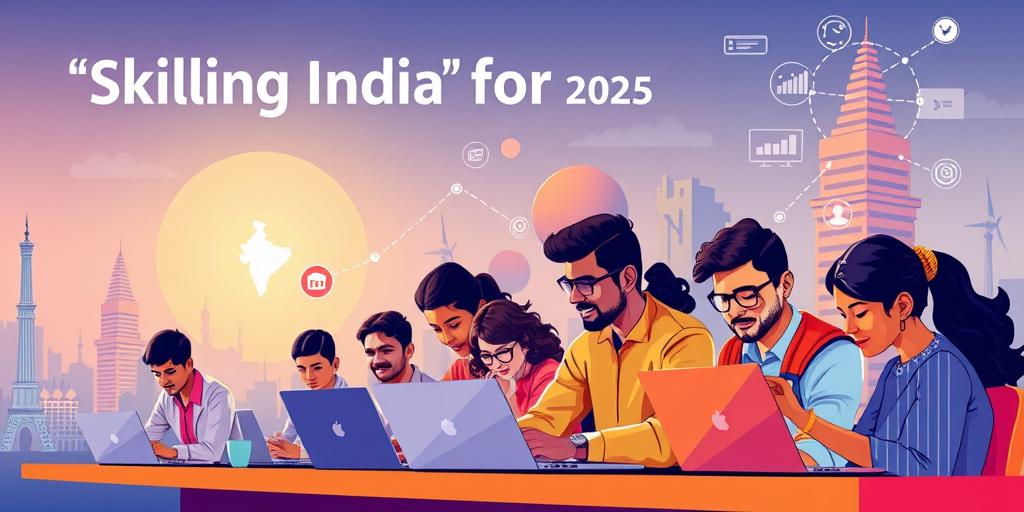Skilling India for 2025: Bridging the Talent Gap
India stands at a critical juncture. As we approach 2025, the nation’s economic aspirations hinge significantly on its ability to cultivate a skilled workforce. This post examines the existing talent gap, the challenges it presents, and the strategies necessary to equip India with the skills required for future success.
Understanding the Talent Gap
The ‘talent gap’ refers to the discrepancy between the skills possessed by the workforce and those demanded by the job market. Several factors contribute to this gap in India:
- Rapid Technological Advancements: Industries are evolving at an unprecedented pace, requiring new skills that traditional education systems often fail to provide.
- Outdated Curricula: Many educational institutions still rely on outdated curricula that do not align with current industry needs.
- Lack of Practical Training: A significant emphasis on theoretical knowledge often leaves graduates ill-prepared for real-world applications.
- Unequal Access to Quality Education: Disparities in access to quality education and training opportunities exacerbate the talent gap, particularly in rural areas.
Key Challenges
Addressing the talent gap in India involves overcoming several critical challenges:
- Scale: The sheer size of India’s population presents a significant challenge in terms of providing skilling and upskilling opportunities to a vast number of individuals.
- Funding: Adequate investment in education and training infrastructure is essential, but often lacking, particularly in vocational training.
- Industry Alignment: Ensuring that training programs are aligned with industry needs requires close collaboration between educational institutions and employers.
- Quality Assurance: Maintaining the quality of training programs and ensuring that they meet industry standards is crucial for producing skilled workers.
Strategies for Skilling India
To effectively bridge the talent gap, India must adopt a multi-faceted approach encompassing the following strategies:
- Curriculum Reform: Regularly update curricula to reflect the latest industry trends and technological advancements. Incorporate practical training, internships, and apprenticeships to provide hands-on experience.
- Vocational Training: Strengthen vocational training programs to equip individuals with specialized skills that meet the demands of specific industries. Promote vocational training as a viable and respected career path.
- Public-Private Partnerships: Foster collaboration between government, educational institutions, and private sector companies to develop and deliver relevant training programs. Encourage private sector investment in skilling initiatives.
- Digital Literacy: Promote digital literacy and provide training in emerging technologies such as artificial intelligence, data analytics, and cloud computing. Equip individuals with the skills needed to thrive in the digital economy.
- Online Learning Platforms: Leverage online learning platforms to expand access to education and training opportunities, particularly in remote areas. Offer flexible and affordable online courses that cater to diverse learning needs.
- Focus on Lifelong Learning: Cultivate a culture of lifelong learning and provide opportunities for individuals to upskill and reskill throughout their careers. Encourage continuous professional development to stay abreast of evolving industry demands.
Conclusion
Skilling India for 2025 requires a concerted effort from government, industry, and educational institutions. By addressing the challenges and implementing effective strategies, India can bridge the talent gap and unlock its full economic potential. A skilled workforce will not only drive economic growth but also improve the livelihoods and opportunities for millions of Indians.
